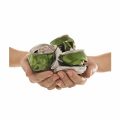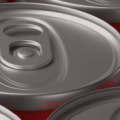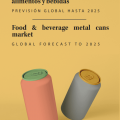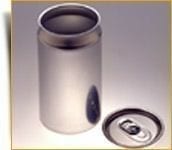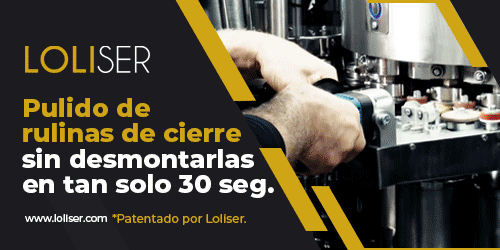Metal Division
Wire bending and welding
They are nothing more than the expression of mango production technology.
These are low value-added products, where lead times and low labour cost impact play a key role in the value chain. The aim is a fast and automatic production that guarantees high technical, functional and aesthetic characteristics.
This is why mastering the production processes makes the difference. We use high precision moulds made from quality materials selected for high performance and wear resistance, as well as high performance lubricants with a low potential for contamination (in terms of the product itself, which still needs to be applied or painted, and the environment).
Furthermore, thanks to our design capabilities, the products do not bear any signs of the different processes to which the wire is subjected. These are just a few examples of how much materials and experience count in the final result.
Coining and stamping
These are the technical names used when a metal plate is forged into a three-dimensional object, usually by a stamping process using presses and dies. Usually several passages are used to transform the flat material into the finished object. These passages are necessary to avoid damaging or compromising the characteristics of the metal and, at the same time, to achieve the required shape and dimensions. In this process, it is not difficult to imagine how precise design, combined with knowledge of processes and materials, is key to optimizing production and achieving high levels of quality.
Plastic division
In the injection moulding model
Special machines (injection presses) are used to bring a thermoplastic polymer to the melt state. The fluid is dosed and then pressure is used to push or “inject” it into a mold, where the material cools and hardens to a solid state, taking on the desired shape. The process takes place entirely inside a machine-mould system without contact with the outside environment.
Mold design is another crucial factor. The composition and production capacity of the mould and determining the right balance between the cost of the mould and the cost of the finished part are very important.
Furthermore, as this is an industrial process where shorter production time translates into economic benefit, the conditioning of the moulded parts has to be carefully considered to allow them to cool in the shortest possible time and, at the same time, be consistent with the need for the material to return to its original structure, thus reducing internal stresses that could cause deformations such as warping and twisting.
Extrusion
Extrusion is the technology used for plastic products with a uniform cross-sectional profile.
While moulding machines work in cycles, extrusion is a continuous production process. In extrusion, the melt is allowed to flow into a die in the shape of the finished part. The next stages are gauging and cooling. The profile can also be drawn for further shaping after extrusion. Also this technology has countless variables; the most critical is finding the right balance between the following elements: melt temperature, material output rate, die processing and cooling, tensile strength, etc., etc… a real puzzle. The components, such as the handles of the cans we produce, are applied by an automatic mechanical feeding process and this requires perfect dimensional stability.
We only use recyclable polymers, non-toxic on contact and easy to colour.




